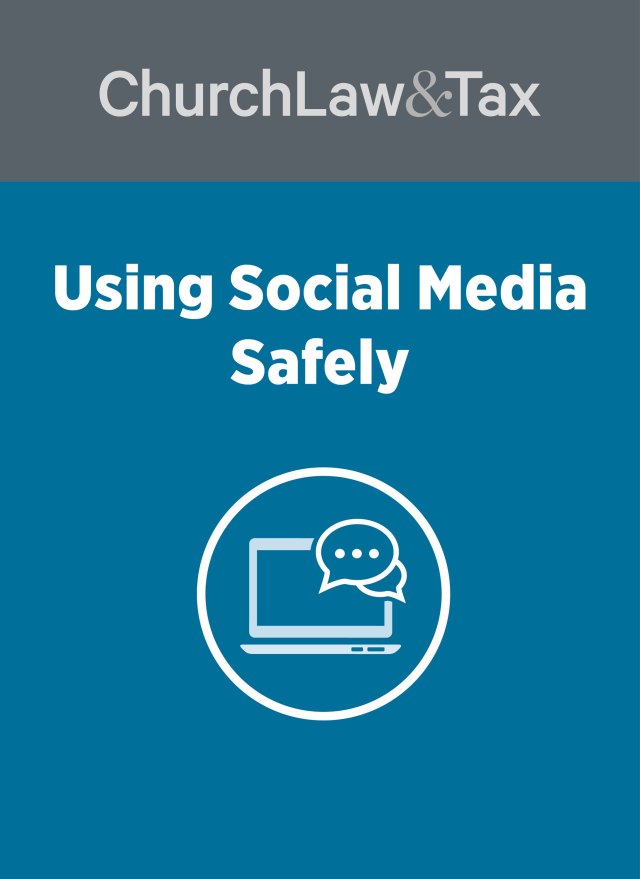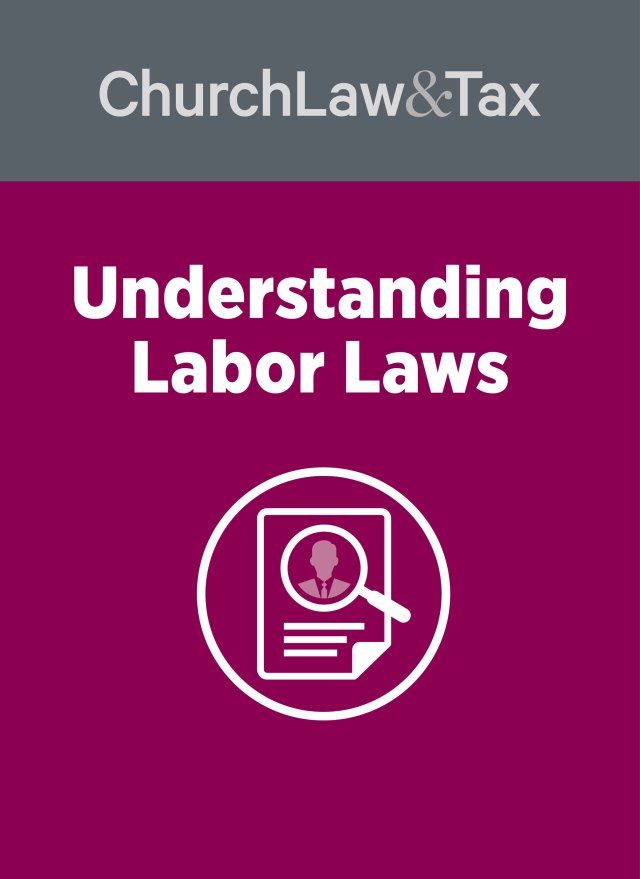• Key point 9-05.07. The Copyright Act gives copyright owners the following exclusive rights—reproduction, adaptation, distribution, performance, and display. Anyone who violates one or more of these exclusive rights commits copyright infringement.
• Key point 9-05.08. Copyright infringement occurs when one violates any one or more of the exclusive rights of a copyright owner.
Copyright Law
* A federal court in New York ruled that a magazine publisher did not violate the rights of freelance authors and photographers whose works appeared in prior issues of the magazine by republishing a compilation of all prior issues in electronic format (CD-ROMs and DVDs) without obtaining the permission of the original contributors. In the late 1990’s, a digital archive of all past issues of the National Geographic magazine were sold on CD-ROM and DVD. A group of free-lance photographers whose work had appeared in the magazine claimed that using their photos in the CD-ROM and DVD versions of the magazine constituted copyright infringement. The National Geographic Society (NGS), as publisher of the magazine and owner of the collective copyright in all issues of the magazine, claimed that it was permitted by section 201(c) of the Copyright Act to market the CD-ROM and DVD versions. Section 201(c) provides, “Copyright in each separate contribution to a collective work is distinct from copyright in the collective work as a whole, and vests initially in the author of the contribution. In the absence of an express transfer of the copyright or of any rights under it, the owner of copyright in the collective work is presumed to have acquired only the privilege of reproducing and distributing the contribution as part of that particular collective work, any revision of that collective work, and any later collective work in the same series.” The question, then, was whether the CD-ROM and DVD versions of the magazine were “revisions” of the collective work. NGS argued that the CD-ROM and DVD versions were a “reproduction” or “revision” of the magazine and, as a result, the photographers’ infringement claims must be dismissed.
The court concluded that the CD-ROM and DVD versions were either reproductions or revisions of the original collective works (magazines), and so the rights of photographers were not violated. It quoted the following excerpt from a congressional committee report on the current copyright law: “Under the language of this clause a publishing company could reprint a contribution from one issue in a later issue of its magazine, and could reprint an article from a 1980 edition of an encyclopedia in a 1990 revision of it; the publisher could not revise the contribution itself or include it in a new anthology or an entirely different magazine or other collective work.” The court found this language helpful:
The use of the term “entirely different” to describe a new work not privileged by section 201(c) suggests that the privilege extends to a collective work that is merely somewhat different from the original in which the contribution appeared. This view is supported strongly by the Judiciary Committee’s encyclopedia revision example. An encyclopedia typically is a collective work consisting of individual articles dealing with the various subjects treated. As time goes by, some articles become outdated and new subjects come into being. A revised edition of an encyclopedia thus would contain some articles that have been revised to take account of new learning and some entirely new articles, as well as some articles in precisely their original forms. Each revised and new article would be copyrightable independently. Hence [the view that] the presence of independently copyrightable material is inconsistent with a conclusion that the [CD-ROM and DVD versions] are a “revision” of the print versions of the magazine cannot be reconciled with the legislative history.
In determining whether a freelancer’s work is part of a new collection as distinguished from a revision, the focus is on the manner in which it is “presented to, and perceptible by, the user.” A critical consideration is “whether the original contribution is presented in the same context in which it appeared in the initial collective work, at least to such an extent that the new product perceptibly presents the author’s contribution as part of a revision of the collective work.” The court concluded that
in this case, with a few immaterial exceptions, each issue of the magazine was scanned, page by page, into a computer system, creating an exact image of each and every page as it appeared in that edition of the magazine. There are no changes to the content, format or appearance of the issues of the magazine reproduced in the [CD-ROM or DVD versions]. Each page of each issue appears to the user exactly as it was in the scanned print version of the magazine, including all text, images, advertising and attributions. The issues of the magazine appear chronologically, from the earliest at the beginning of the first CD to the latest at the end of the last. Pages may be viewed only as they appeared in the print versions of the magazine. The material, once it is accessed via the software, is “presented to, and perceptible by, the user” precisely as it appeared in print.
The freelance photographers, in rejecting the conclusion that the CD-ROM and DVD versions of the magazine were reproductions or revisions, relied on two points: (1) the CD-ROM and DVD versions contain material that never appeared in the magazine, including an animated opening sequence and music, Kodak advertisements, and in some editions a summary of each article and a closing montage, software tools including a search engine with advanced search capabilities, save, print and bookmark features, and a hyperlink to NGS’s Internet web site; (2) the software tools provide the user with an opportunity to have a media experience in using the CD-ROM and DVD versions that is different from simply reading print pages. The court noted that the first contention was without merit, since “Congress quite clearly intended that the section 201(c) revision privilege extend to collective works which, like the revision of an encyclopedia, contain original contributions along with new or updated material. Thus, the fact that [the CD-ROM and DVD versions] contain elements that did not appear in the print editions of the magazine is insufficient to foreclose section 201(c) protection.” The court was also unconvinced by the photographers’ second argument. It concluded, “Every revision is an original work of authorship and therefore a new product, yet each is protected by section 201(c). The fact that this product appears in a new medium makes no difference, in and of itself, as media neutrality is a fundamental principle of the Copyright Act.” The only remaining argument available to the photographers, then, was the contention that the user “experience” with the CD-ROM and DVD versions (their easy searchability and other attractive software-dependent features) was so different from the magazine itself that the CD-ROM and DVD versions should be regarded as an “entirely different work.” The court rejected this argument,
The material fact is that the content of the product that users wish to see is identical to the original print versions, the individual issues of the magazine. In each case, the content that motivates purchasers is the underlying collective work for which the plaintiffs granted rights. The fact that more purchasers may be interested because the package is more attractive than a library full of more than 112 years of monthly copies of the magazine is immaterial …. The CD-ROM and DVD versions are not a new collection. Nor are they ‘a new anthology or an entirely different magazine or other collective work.’ Rather, they are a package that contains substantially everything that made the magazine copyrightable as a collective work—the same original collection of individual contributions, arranged in the same way, with each presented in the same context. It is readily recognizable as a variation of the original. Accordingly, the court holds that the CD-ROM and DVD versions are a revision of the individual print issues of the magazines.
The court also ruled that the protections afforded publishers under section 201(c) applied to any photos appearing in the magazine prior to the effective date of section 201(c) on January 1, 1978, since “whoever holds an interest in copyright on or after January 1, 1978, has a right to the protections afforded by the new statute.”
Application. This case is directly relevant to churches and denominational agencies that publish magazines containing the copyrighted work of freelance authors and photographers. Unless a publisher has obtained a written assignment of copyright in such underlying works, section 201(c) of the copyright law specifies that the original “authors” of such contributions retain the copyright and all other legal rights in their works except for the right of the publisher to publish the article or photo in the magazine (collective work) and in “any revision of that collective work, and any later collective work in the same series.” Many churches and denominational agencies that publish magazines have begun distributing them in electronic format (CD-ROM or DVD). Once again, this is only an issue if authors have not assigned copyright in their work to the church in a signed writing. If they have not done so, then the church has the right to republish its collective works in electronic format so long as the new version constitutes a “revision” of the original works. This case will provide church leaders with helpful guidance in evaluating whether an electronic version is a “revision” under section 201(c).
NOTE: The United States Supreme Court addressed a similar issue in 2001. Tasini v. New York Times Co., 121 S.Ct. 2381 (2001). The Court concluded that publishers cannot place the contents of magazines and other periodicals in online electronic databases and on CD-ROMs without obtaining the permission of writers whose articles were included in those periodicals, if the databases and CD-ROMS “reproduce and distribute articles standing alone and not in context, not as part of that particular collective work to which the author contributed, as part of … any revision thereof, or as part of … any later collective work in the same series.” As a result, it rejected the publisher’s section 201(c) defense. The New York court found the present case to be far different from the facts in Tasini. The electronic databases in Tasini “displayed only the text of the articles divorced even from the rest of the pages on which the articles first appeared,” and so could not be considered a revision of the original work. The Tasini case is addressed fully in the April-May 2003 edition of Church Law & Tax Report. Faulkner v. National Geographic Society, 294 F. Supp.2d 523 (S.D.N.Y. 2003).
© Copyright 2004 by Church Law & Tax Report. All rights reserved. This publication is designed to provide accurate and authoritative information in regard to the subject matter covered. It is provided with the understanding that the publisher is not engaged in rendering legal, accounting, or other professional service. If legal advice or other expert assistance is required, the services of a competent professional person should be sought. Church Law & Tax Report, PO Box 1098, Matthews, NC 28106. Reference Code: m36 c0504




